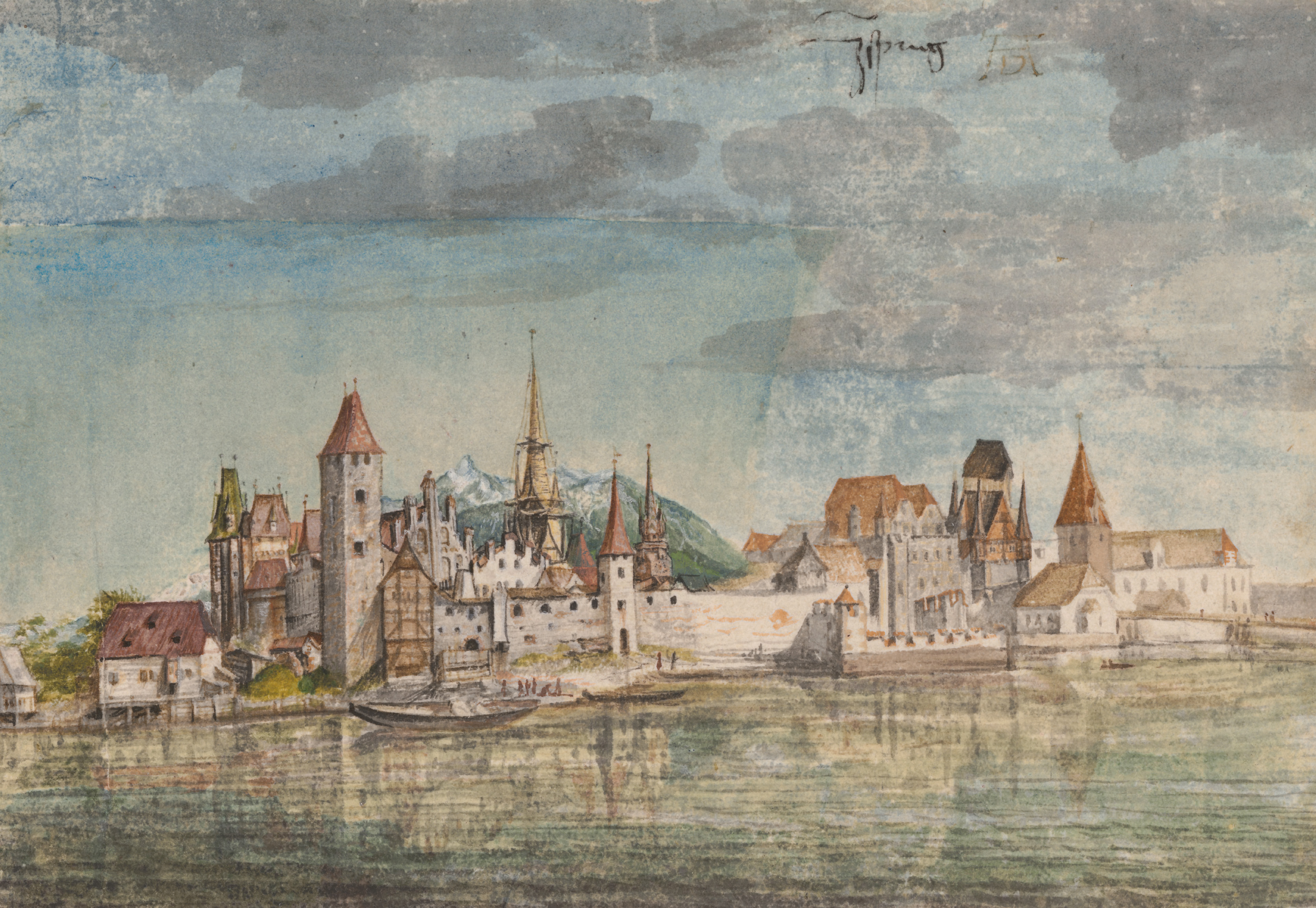Maximilian1 - Imperial Vision and Urban Prosperity of Innsbruck
Follow the urban development of Innsbruck between Emperor Maximilian I and Maria Theresa and learn more about the transformation of Innsbruck from a medieval town to a baroque, imperial residence. What role did Emperor Maximilian I play in this process and how did the baroque Innsbruck characterise today's modern city? You can find out all this in the exhibition using exciting objects and fantastic multimedia presentations!

The new special exhibition at the Hofburg Innsbruck is dedicated to the development of the city from the late Middle Ages to the 18th century. It traces how Emperor Maximilian I elevated Innsbruck to a residence and thus set the course for an urban development that would continue to have an impact for centuries to come. Urban planning appears here not only as an architectural process, but also as a reflection of political ideas, cultural trends and social changes.
More than 100 exhibits - including numerous rarely exhibited originals - bring this change to life. Highlights include an original relief stone of the Golden Roof from the Innsbruck City Archive/City Museum, a facsimile of Albrecht Dürer's "Innsbruck from the North", a reliquary altar of the Servites, the Court Fountain Map from 1796 and panoramic lithographs from 1821-1824. Together, they open up new perspectives on the transformation of Innsbruck from a medieval city centre to a Baroque royal seat.
A central element is a digital 3D city model that visualises the structural and topographical development of the city districts. Visitors can follow how the old town, surrounded by its ring wall, opened up to the outside from the 16th century onwards, how the Hofburg was constantly extended and how the parish church of St. Jakob created a new centre in the north-east. You will see how extensive court gardens extended east of the Hofburg to the Inn and how Universitätsstraße became a spiritual centre with Franciscan, Jesuit, Servite and Capuchin monasteries.
In addition, the artisanal Kohlstatt between the large and small Sill, the initially sparsely populated areas on the Innrain, the Baroque splendour of the Neustadt with its palaces on the later Maria-Theresien-Straße and the market areas of Obere and Untere Anbruggen on the left bank of the Inn become visible. Each neighbourhood tells its own story - from courtly representative rooms and monastic life to trade, commerce and supply.
The exhibition makes it clear that Innsbruck did not become a residential city of European calibre in a single step. Rather, this process continued over the centuries - from Maximilian's ambitious visions to the building activities of his successors and the late Baroque remodelling under Maria Theresa.
A panorama of Innsbruck's city history unfolds over an exhibition area of 345 square metres in the Baroque cellar and on the first floor. Traditional artefacts on loan and state-of-the-art media technology combine to create an impressive overall show that brings Innsbruck to life in all its diversity and dynamism.
The special exhibition can be seen in the Hofburg Innsbruck from 12 September 2025 to 15 February 2026. Further information and tips on themed tours can be found here.